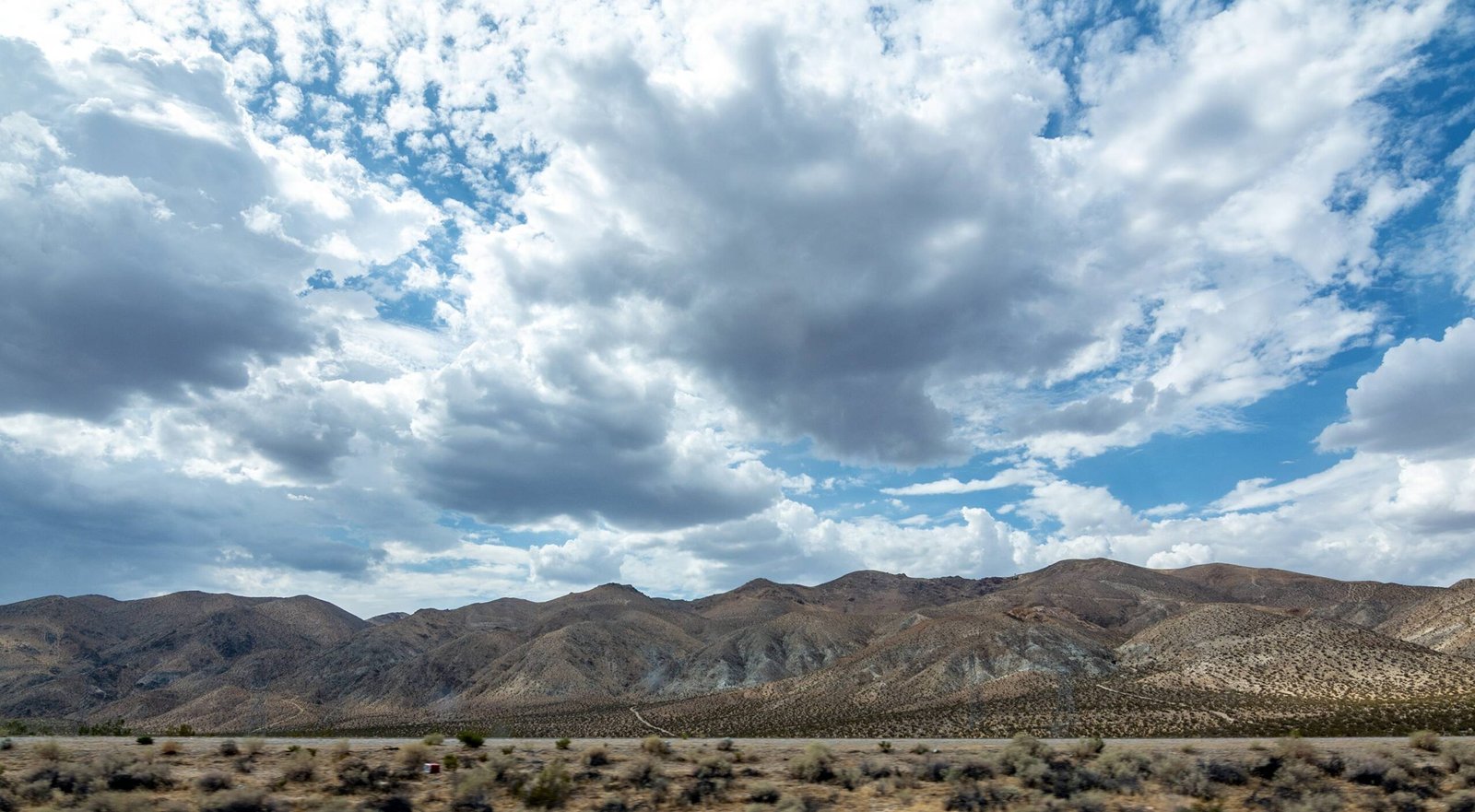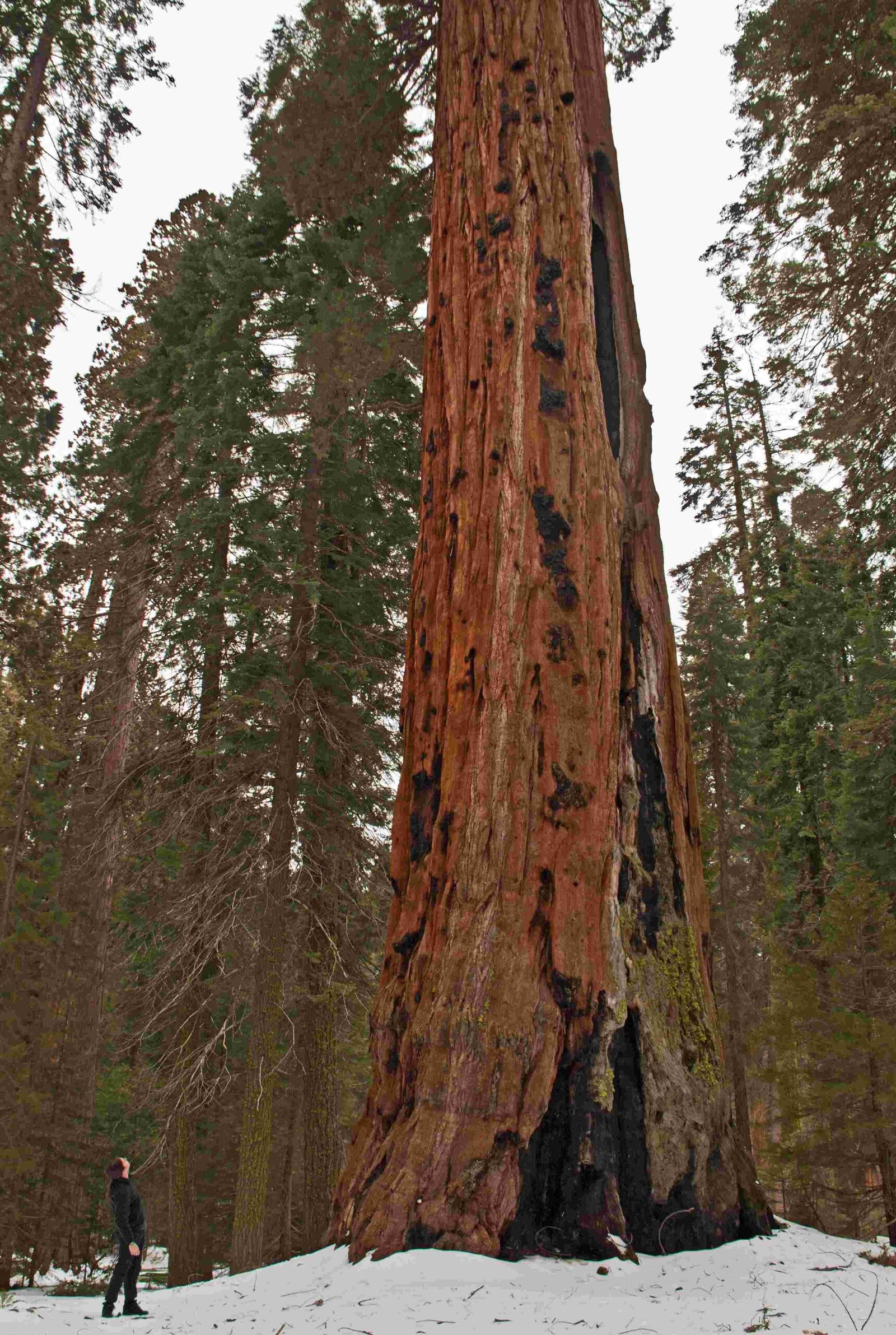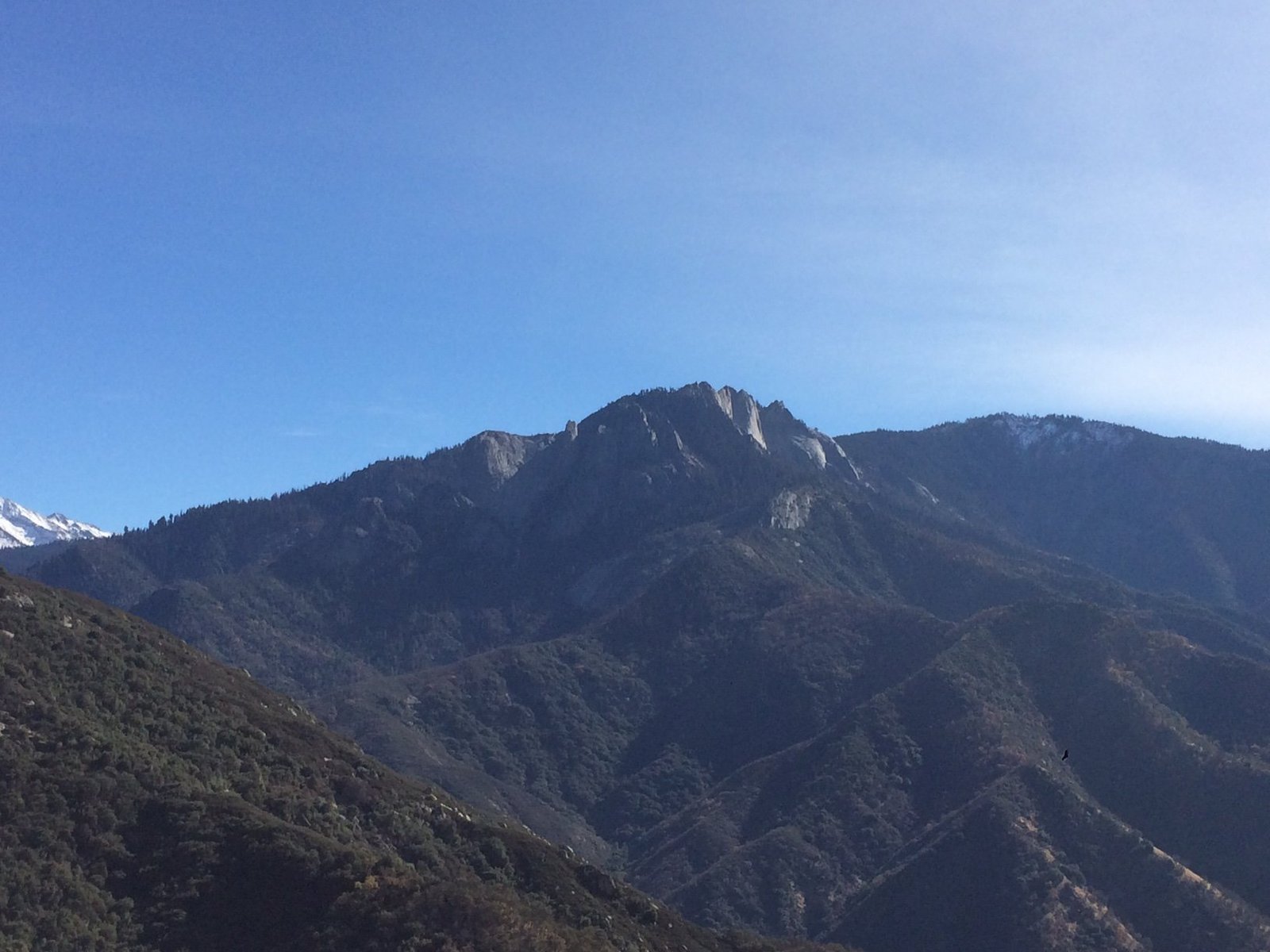The bear population in Sequoia National Park is a significant aspect of the park’s ecosystem. While exact numbers for Sequoia National Park alone are not available, it’s part of a larger area including Kings Canyon National Park, which hosts several hundred black bears within its 865,000 acres. These bears are part of California’s estimated 35,000 black bear population, thriving in the diverse habitats of the Sierra Nevada range.
What is the Current Estimated Bear Population in Sequoia National Park?

While specific numbers for Sequoia National Park are not available, we can provide some context:
- California is home to approximately 35,000 black bears.
- Sequoia and Kings Canyon National Parks together host several hundred bears within their 865,000-acre area.
- The bear population density in Sequoia National Park is not specified, but it’s known to be a significant part of the Sierra Nevada black bear population.
Where Are Black Bear Sightings Most Common in Sequoia National Park?

Black bear sightings in Sequoia National Park are more frequent during the tourist season, particularly in areas like:
- Lodgepole camping area
- Picnic spots
- Trash collection points
- Popular hiking trails
These locations often attract bears due to the potential for human food sources. Visitors should be especially vigilant in these areas and follow proper food storage guidelines.
What Are the Notable Patterns in Bear Behavior Within the Park?
Bear behavior in Sequoia National Park has shown some concerning patterns:
- Food conditioning: Bears have learned to associate humans with food, leading to increased human-bear interactions.
- Habituation: Some bears have become less fearful of humans, potentially leading to dangerous situations.
- Seasonal activity: Bears are more active during spring and fall when they’re preparing for or recovering from hibernation.
The story of bear L-13 serves as a cautionary tale, illustrating how a bear can transition from natural foraging to seeking human food, ultimately leading to conflicts and removal.
What Are the Key Characteristics of Bear Habitat in Sequoia National Park?
The bear habitat in Sequoia National Park is diverse and rich, including:
| Habitat Type | Characteristics |
|---|---|
| Forested Areas | Sugar pine cones, berries, acorns |
| Meadows | Green grasses, insects |
| Water Sources | Rivers, lakes, streams for fish and aquatic insects |
| Elevation Range | From lower valleys to high mountainous areas |
This varied habitat provides bears with a range of food sources and shelter options throughout the year.
How Are Conservation Efforts Protecting the Bear Population?
Sequoia National Park has implemented several conservation measures to protect its bear population:
- Removal of all trash from the park instead of burning it
- Installation of bear-proof containers throughout the park
- Educational programs for visitors on bear safety and conservation
- Strict enforcement of food storage regulations
These efforts aim to reduce human-bear conflicts and maintain a healthy bear population within the park.
What Guidelines Should Visitors Follow for Bear Safety?
To ensure both human and bear safety, visitors should adhere to the following guidelines:
- Store all food and scented items in bear-proof containers
- Keep a safe distance from bears (at least 100 yards)
- Never feed bears or leave food unattended
- If encountered by a bear, make noise and appear large
- Report all bear sightings to park rangers
Are There Educational Programs or Guided Tours Available for Bear Watching?
While specific costs for guided bear-watching tours are not mentioned, Sequoia National Park offers various educational programs focused on bear conservation and safety:
- Ranger-led talks on bear behavior and ecology
- Informational displays at visitor centers
- Safety demonstrations on proper food storage
- Junior Ranger programs with bear-related activities
These programs aim to educate visitors about the importance of respecting bears’ space and maintaining their natural habitat.
How Does the Bear Population in Sequoia National Park Compare to Other National Parks?
While exact comparisons are difficult due to varying park sizes and ecosystems, we can make some general observations:
- Yellowstone National Park: Estimated 150 grizzly bears and 500-650 black bears
- Yosemite National Park: Estimated 300-500 black bears
- Great Smoky Mountains National Park: Estimated 1,500 black bears
Sequoia National Park, combined with Kings Canyon, likely falls somewhere in the middle of this range, with several hundred bears across its territory.
What Impact Does Climate Change Have on the Bear Population in Sequoia National Park?
Climate change poses several challenges to the bear population in Sequoia National Park:
- Altered food availability: Changes in plant phenology may affect the timing and abundance of bear food sources.
- Habitat shifts: As temperatures warm, bears may need to move to higher elevations to find suitable habitat.
- Increased human-bear conflicts: Drought conditions may drive bears closer to human areas in search of food and water.
- Changes in hibernation patterns: Warmer winters could affect the timing and duration of bear hibernation.
Park managers are monitoring these impacts and adapting conservation strategies accordingly.
By understanding and respecting the bear population in Sequoia National Park, visitors can help ensure the continued coexistence of humans and these magnificent creatures in one of America’s most beautiful natural settings.
References:
1. https://www.reviewjournal.com/life/black-bears-life-death-story-proves-a-cautionary-tale-at-sequoia-national-park/
2. http://www.bearconservation.org.uk/california-black-bear/
3. https://nrm.dfg.ca.gov/FileHandler.ashx?DocumentID=222075&inline

